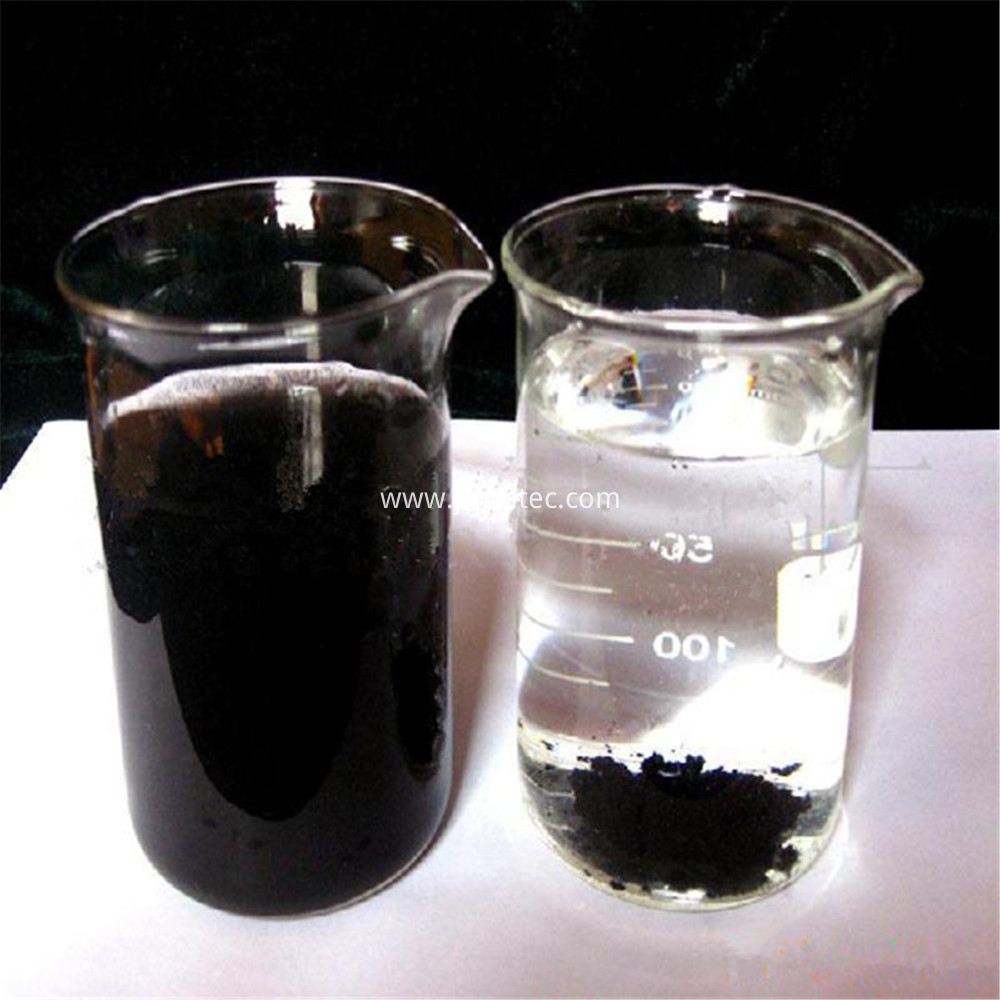
Privacy statement: Your privacy is very important to Us. Our company promises not to disclose your personal information to any external company with out your explicit permission.

The main reason is that there was no water charge in the past and the domestic environmental protection supervision was not in place. Some places only focus on economic development and do not consider ecological protection. If the coal washing wastewater is not treated and directly discharged into the river, it will become an important source of pollution. The biodegradability of coal washing wastewater is very poor, which can not be removed by activated sludge process in wastewater treatment plant.
The coal washing industry is a high water consumption industry. Generally, the consumption of clean water is 100-300kg per ton of clean coal production. The main components of coal washing wastewater are fine coal powder and clay flotsam, which have strong suspension characteristics in water and are difficult to be removed by natural precipitation. It is difficult to degrade coal with high turbidity. According to the characteristics of coal washing wastewater, impurities in water can be effectively removed and the water can be reduced to clean water.
Through the experiment and long-term application experience, we found that using flocculation method to treat coal washing wastewater and adding flocculant can make the recycling rate reach more than 95%, and reduce the water consumption cost. At the same time, 6kg Coal Slime (dry basis) can be recovered per ton of Sewage Treatment, reducing coal loss. Flocculation treatment of coal washing wastewater has both economic and environmental benefits. It is suitable for large, medium and small coal washing plants in China.
Coal washing industry is also a big user of water, and the best way to reduce the cost of water is to make water fully recycled. We have been exposed to many kinds of flocculant selection work of coal washing wastewater, and have a lot of application experience. We found that the sewage produced by different areas, coal seams or different coal ores is quite different. The most commonly used anionic flocculant, and sometimes cationic products.
First of all, let's review why flocculant products are used in the coal washing industry. This is very helpful for some friends who have just contacted the industry. The main reason and function are: the fresh coal should be washed with water first, then there will be some coal slag with smaller particle size in the washed water. Using flocculant will separate these fine cinders and then coal If the slag is sold out, the water can also be recycled to save cost.
Flocculant in coal mine is mainly used for coal washing, one is the reuse of coal slag, the other is the purification and reuse of circulating water.
In the treatment of coal washing wastewater, the conventional degree of hydrolysis of anionic flocculant can be used as the wastewater precipitation, and the effect is basically ideal. In the selection of sludge dewatering agent, the weak cation and low charge density cationic flocculant are needed to achieve good dewatering effect. In order to ensure the final treatment effect, we suggest to select the type of laboratory before use to determine the best model and dosage.
Related knowledge:
In the process of coal washing, the pH value of waste water will be acidic. The pH value should be adjusted to about 7 before using Polyacrylamide. Polyacrylamide can flocculate the coal slime powder in water and make it separate from water.
Anionic polyacrylamide flocculant is mainly used to treat neutral suspension with inorganic solid. Anionic flocculants can be used for coal washing water clarification and flotation tailings, clean coal filtration, tailings (slag) dewatering, flotation tailings clarification, concentrate thickening and filtration, potassium alkali hot solution and flotation processing fluid clarification, fluorite or barite flotation tailings clarification.
June 25, 2023
April 03, 2023
March 17, 2023
January 05, 2023
From 2011 to 2021, the global caustic soda production capacity and output as a whole showed an increasing trend year by year, of which the production capacity increased from 82.6 million tons in 2011...
preface: Flocculant PAM, also known as polyacrylamide, is commonly used for sewage flocculation, sludge dewatering, turbidity removal, filter aid and other purposes. Common models are divided into...
Polyaluminum chloride is a kind of inorganic flocculant widely used in the market. The factors that affect the coagulation effect of polyaluminum chloride are complex, which are mainly caused by the...
It is harmless for human body to disinfect indoor with sodium dichloroisocyanurate. However, when sodium dichloroisocyanurate meets with water, the concentration of hypochlorite released is high,...
Email to this supplier
June 25, 2023
April 03, 2023
March 17, 2023
January 05, 2023

Privacy statement: Your privacy is very important to Us. Our company promises not to disclose your personal information to any external company with out your explicit permission.

Fill in more information so that we can get in touch with you faster
Privacy statement: Your privacy is very important to Us. Our company promises not to disclose your personal information to any external company with out your explicit permission.